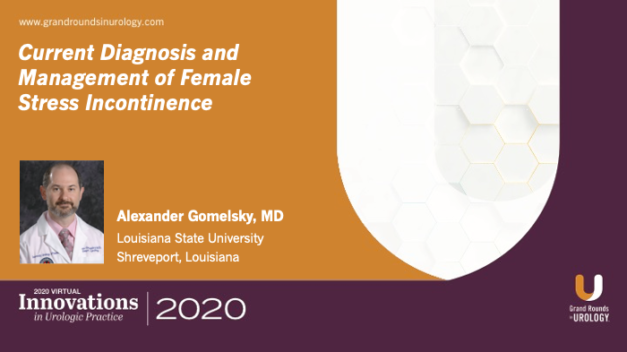Best Treatment for Male Incontinence: Sphincter
In the second part of this urologic debate, Alexander Gomelsky, MD, FACS, B.E. Trichel Professor and Chair of the Department of Urology at LSU Health Shreveport, argues that artificial urinary sphincter (AUS) is the best treatment for post-prostatectomy stress urinary incontinence. Dr. Gomelsky first describes possible surgical complications and how to set patient expectations, then reviews data on AUS and the male sling, and finally contrasts the benefits of AUS against the sling. In comparison with the sling, which is best used in patients with mild incontinence, AUS can handle any degree of incontinence including severe and persistent presentations. Noting that AUS can also be used in patients who have undergone radical therapy, those with prior urethral stricture or bladder neck contracture, and those who have undergone urethral bulking, Dr. Gomelsky suggests that AUS outperforms the sling in all scenarios. Additionally, data suggests that a sphincter would be placed after a sling failure, further underscoring its utility. Brian S. Christine, MD, argues in favor of using a sling in the first part of the debate here.
Read More

